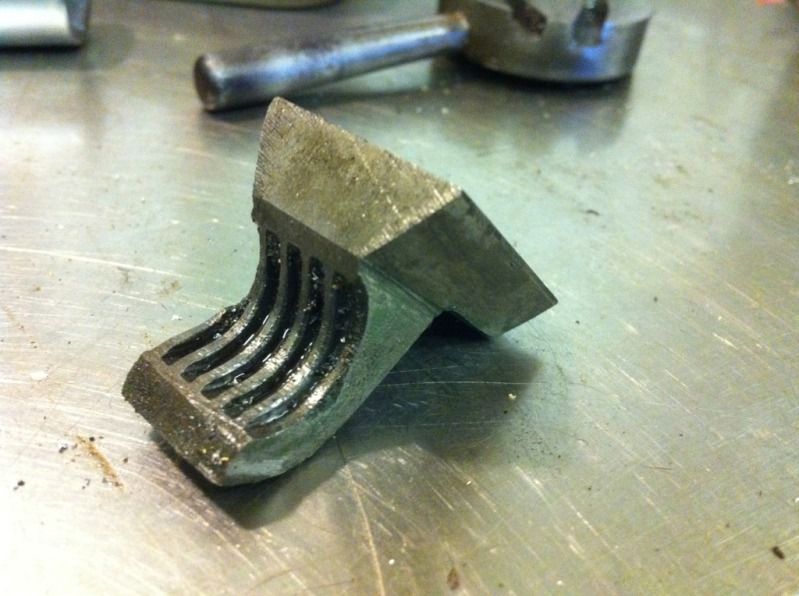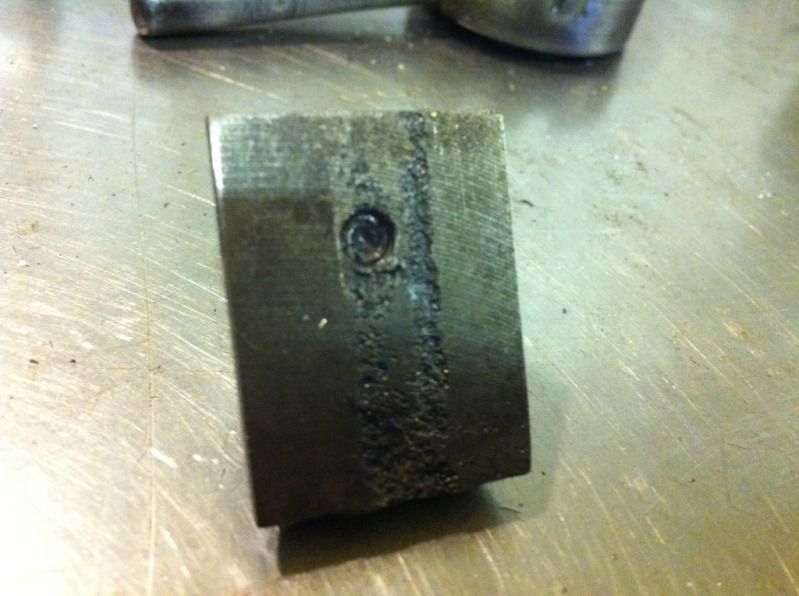Good afternoon all,
I've already posted this on the Myford Yahoo group, but I expect this is just as good a place to ask.
Yesterday I discovered the bottom half of my ML4's clasp nut sitting on the drip
tray. I found that the retaining screw / pin had sheared off below the level of
the hole. Please see the photos linked below. In case there's any confusion,
this is the screw that interacts with the automatic traverse engagement lever.
Can anyone suggest a way of removing the broken part of the screw?
Thanks
edit: I'm having a blonde moment, I can't remember how to embed the photos
I've already posted this on the Myford Yahoo group, but I expect this is just as good a place to ask.
Yesterday I discovered the bottom half of my ML4's clasp nut sitting on the drip
tray. I found that the retaining screw / pin had sheared off below the level of
the hole. Please see the photos linked below. In case there's any confusion,
this is the screw that interacts with the automatic traverse engagement lever.
Can anyone suggest a way of removing the broken part of the screw?
Thanks
edit: I'm having a blonde moment, I can't remember how to embed the photos



































